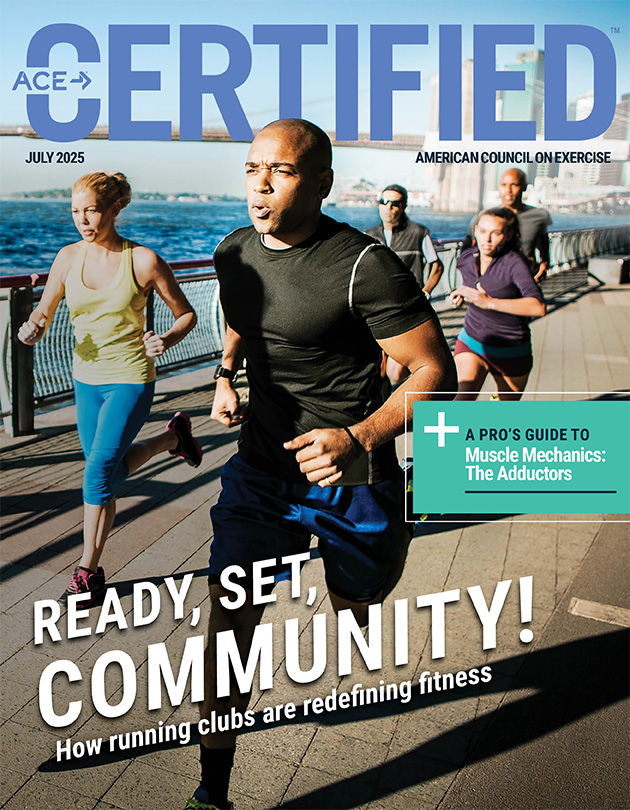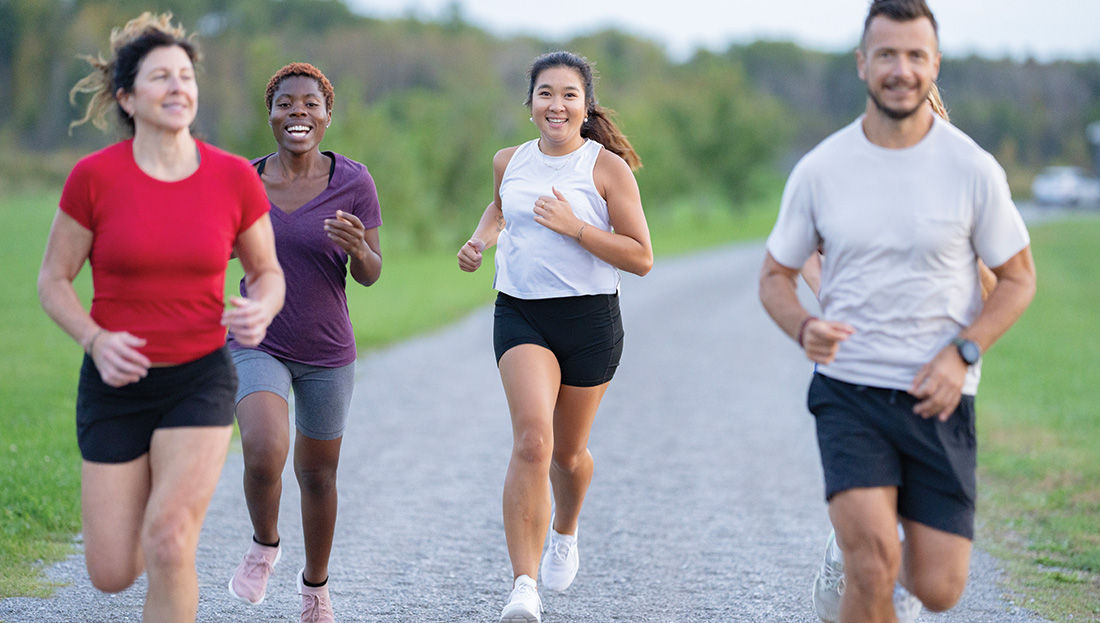
Jim Hollister, a pastor from Sheboygan, Wisc., has been active his whole life. While he occasionally dabbled in running, his passion was more closely aligned with cycling. And then COVID-19 hit.
“In 2023, my brother, John, challenged me to a New Year’s resolution to run a 5K outdoors every day during the month of January,” says Hollister. “I think that’s when I got hooked.”
The next year, Hollister ran his first marathon, placing with a time that qualified him to enter the Boston Marathon. He accomplished that goal on April 15, 2025, at the age of 64. Hollister credits much of his success to the people he met along the way, including members of the Sheboygan Shoreline Striders, a local running club.
After finding the club online and joining their Facebook group, Hollister participated in a few social runs. “Once I connected up with folks, I’d friend them on Strava [a popular activity app], and that gave me motivation. I met some of them in half-marathons in early 2024 during my training. And some were part of myTEAM TRIUMPH.”
One of these people was the president of the Sheboygan Shoreline Striders, Amber Stolzmann. Stolzmann says she became a regular runner in 2014 and became a paying member of the Striders in 2019 after joining them for some of their social runs, which are open to the public. She’s been the club president since 2014.
Stolzmann says that while she ran alone for the first four years of her running journey, which helped her lose weight and supported her mental health, running with other people increased the fun factor. “I was able to learn new training tips, hear about new running gear, potential race events and then even spread the word about running and help others find us. The feeling of belonging and camaraderie is great!”
Hollister agrees, saying that the main thing he’s gained from being a part of a running club is “a sense of being part of something bigger than myself,” and notes that two other club members also ran the Boston Marathon, while others in the group were cheering them all on.
As a club member, there are other more tangible benefits, too, including discounts to local retailers, discounted race entry fees for local events, volunteer opportunities at events in the community, and quarterly club meetings with presentations on health and fitness topics. Plus, members often gather at local eateries to socialize after runs.
But a running club can be about more than just running. As a non-profit organization, the club's number-one goal, Stolzmann explains, is to encourage people to be active and give back to the community.
“We organize a half-marathon every summer [with our Old Plank Sunset Half Marathon], as well as a free kids’ race in October. In the past, part of our race proceeds has gone to the Sheboygan County Food Bank. This year, we made a donation to the Wisconsin Chapter of myTEAM TRIUMPH. We are looking to expand our donations to other causes and groups in the near future, such as the local high school cross country and track teams, and Girls on the Run.”
If reading about Jim Hollister’s Boston-bound journey and the Sheboygan Shoreline Striders’ community impact has you thinking, “My clients—and my business—could benefit from something like this,” you’re on the right track. Running clubs give health coaches and exercise professionals a ready-made platform for fostering accountability, delivering education and expanding their reach well beyond the studio or gym doors. Read on to learn how these clubs are structured, why they’re such a natural extension of evidence-based coaching and the step-by-step process for launching one of your own, from clarifying your mission to setting up bylaws and inclusive group runs. By the end, you’ll have a clear roadmap for turning today’s inspiration into a vibrant, community-driven program that elevates both your clients and your professional brand.
#RunClub, Meet @YourBusiness
Scroll through Instagram or TikTok on any given weekend and it feels as if run clubs have commandeered the feed—and the numbers say that instinct is spot-on. Strava’s 2024 Year-in-Sport Trend Report recorded a 59% surge in run-club participation worldwide, noting that “making social connections” has overtaken pace and mileage as the top motivator to lace up. In fact, 58% of survey respondents said they’ve forged new friendships through club posts, and Gen-Zers are four times more likely to look for a running buddy online than a date at the bar.
That appetite for community is being turbo-charged by creator culture. Influencer Renée Noe’s all-women “Noe Bad Vibes” club swelled from a handful of Utah followers to 300 runners at a single Austin meet-up within six months, while DJ Diplo’s Strava-fueled Run Club drew more than 10,000 registrants—and an even bigger post-race rave—to its inaugural 5K in San Francisco. Brands and celebrities have quickly jumped in: New Balance demo nights, Nike-backed giveaways and star-studded crews like Travis Barker’s “Run Travis Run” signal that footwear and apparel companies and celebrities now view these gatherings as roving focus groups and launchpads for exclusive drops. Together, these trends underscore how social platforms have transformed a traditional training staple into a border-hopping, algorithm-amplified movement—one that smart health and exercise professionals can tap to expand their reach and relevance.
Social run clubs aren’t just fun—they’re lead-generation gold. Each Saturday-morning meet-up or sunset shake-out is, in effect, a pop-up showcase of your coaching philosophy and community vibe. When runners post photos, reels and GPS maps from the outing, they’re telling every follower, “Here’s where I get supported, challenged and celebrated.” That peer-to-peer endorsement drives curious onlookers straight to your profile—often before they ever glance at a traditional ad or Google search result. Here are some other benefits of starting a running club:
- Built-in credibility. Every tagged group photo is instant social proof that your coaching community is active, welcoming and inclusive. Prospective clients can see themselves in the mix before they ever send a DM.
- Effortless reach. Hashtags such as #runclub and #runningcommunity surface your posts to thousands of nearby runners scrolling for their next meetup—no paid promotion required.
- Sponsorship runway. Consistent turnout plus online buzz attracts local cafés, footwear reps and nutrition brands that are eager to provide product, raffle items or even cash support in exchange for exposure to a hyper-engaged audience.
Beyond the optics, these clubs feed a steady stream of leads into your business ecosystem. First-timers often join for the camaraderie, but an email sign-up sheet or post-run stretch session gives you the chance to capture contact info and demonstrate your coaching know-how. Over time, those casual Saturday runners become ideal candidates for personalized training plans or small-group strength classes—services that deepen both client results and revenue diversification.
Pro tip: Designate a rotating “content captain” each week—someone whose only job is to snag short-form video, route screenshots and high-five photos. Have them drop the footage into a shared folder before the day is out. Post a polished Reel within 24 hours, tag every participant and pin it to your profile. The quick turnaround keeps post-run excitement high, signals reliability to the algorithm and ensures your club (and coaching services) stay at the top of the feed.
What Exactly Is a Running Club?
According to the Road Runners Club of America (RRCA), a running club is a formal non-profit or for-profit association or organization dedicated to promoting community-based running for enjoyment, health, well-being and competition—something for almost everyone.
A running club usually offers weekly group runs and/or walks, as well as events and more formal training for those wanting to pursue competition. As a health and exercise professional, this is a perfect “stage” for you to promote physical activity in your community, while also providing training and workshops on running and walking techniques, training progression, and other health- and fitness-related topics, like hydration and sports nutrition.
In addition to running, the Sheboygan Shoreline Striders also offer breakout groups for walkers, trail runners and multisport athletes, including those training for triathlons. This may be why they chose to use “striders” instead of “running club” for their name, since it encompasses these other aspects.
How to Start a Running Club
Starting a running club can be a great way to get your name out into the community and create camaraderie and connections you might not otherwise make. It can also be a fulfilling way to give back by holding events that raise money for organizations in your community.
The first step to take when thinking about starting a club is to visit the RRCA site. They have all the information you need to get set up and start a club. Here are a few of their key points to consider.
1. Be sure there is a need and a market.
While it’s nice to think that if you build it, they will come, it’s important to do a little market research before you dive into the work of organizing a club. Talk to members of your local gym or runners in your community and pose the question on your socials, asking who might be interested in a community running/walking club and what they would like to get out of it. Including walkers, hikers, trail runners and triathletes will expand the number of potential members and allow more participation from community members. If you and your friends currently get together for informal runs or walks, or local race events get a good turnout, that certainly adds to your research, since you know there are people interested in participating in local events.
2. Non-profit or for-profit?
Once you know there is a need and interest, start planning. Will you be for-profit or non-profit? A non-profit removes liability from you and other board members. It’s also easier to raise money for charitable foundations if you’re a non-profit, as people are more willing to donate if they know it’s tax-deductible. If you’re forming a non-profit club, the RRCA recommends doing it through them rather than the IRS to save time and money, since there are no additional costs to do so outside of your membership fee.
If you choose to do a for-profit club, it’s highly recommended that you become a limited liability corporation (LLC) to reduce liability for yourself and any partners.
Whether you go with a for-profit or non-profit, the RRCA highly recommends you also register your organization’s name with your state. This will prevent another company or organization from using the same name. Plus, many banks prefer or require organizations and businesses to be registered in the state where they’re doing business.
3. Establish a board of directors or leadership team.
It's important to read up on non-profits and how they are to be established, organized and run. The RRCA requires a board of directors with at least three unrelated members acting as president/chair, treasurer and secretary. This initial board will develop the club’s bylaws, which include the mission/purpose of the club, who qualifies as a member, the cost of club membership and voting requirements for club decisions.
4. Pick a club name.
Use a name that clearly identifies what the club is about. Using some form of the term run, walk or stride—or one more inclusive if you’re including other activities—plus something that connects to your community, is a good idea.
5. Establish the club’s purpose and mission.
Is the mission to simply have a weekly group run, or will you also offer a monthly workshop? Will your club host an annual 5K? Will you raise money for other organizations in your community? The mission statement does not need to be lengthy, but it should be clear and concise. It can always be updated as the club grows.
Final Tips
If you start a non-profit running club, it’s important to keep in mind that the purpose of it is not to add to your personal bottom line, though you certainly may drum up some business for your health and exercise business as a result of people learning more about what you do and forming connections with you. It’s also not a place to show off your amazing fitness level by beating everyone during group runs. In fact, it can be quite the opposite.
“Amber is very enthusiastic and supportive of anybody who wants to get involved,” says Hollister. “[She operates with a] no-drop policy on the social runs. If someone needs to walk, she’ll walk with them.”
Stolzmann nods in agreement. “Be inclusive of all types of runners and walkers. I’ve heard from many runners over the years that they’re afraid to join us because they think, ‘I’m too slow.’ There is no such thing. At our social runs, no one runs alone and no one is left behind. If that means I walk with a walker versus running with the runners, then so be it! We want everyone to feel comfortable coming out. That is the spirit and the vibe that a club should give off, so do your best to maintain that.”
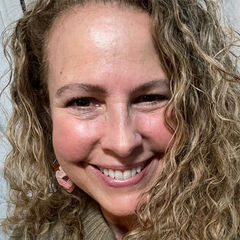


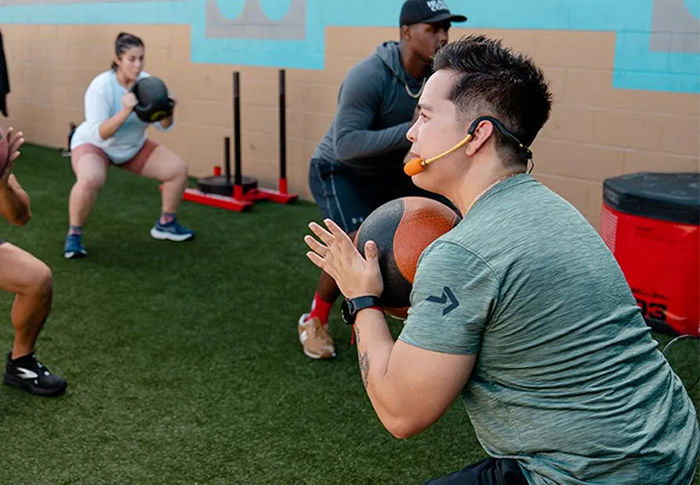
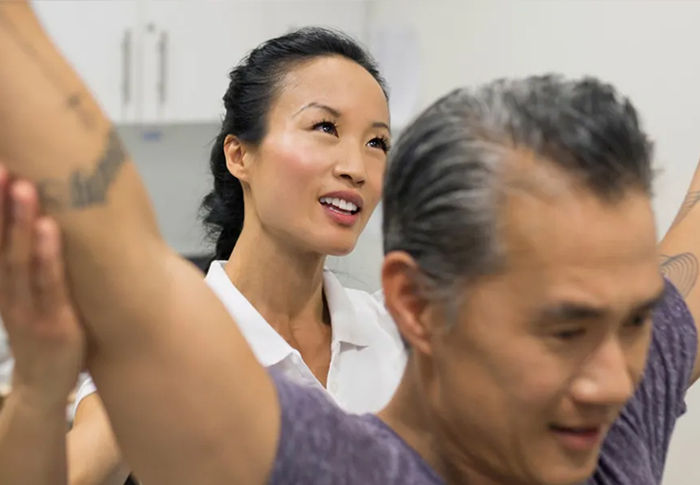
 by
by 